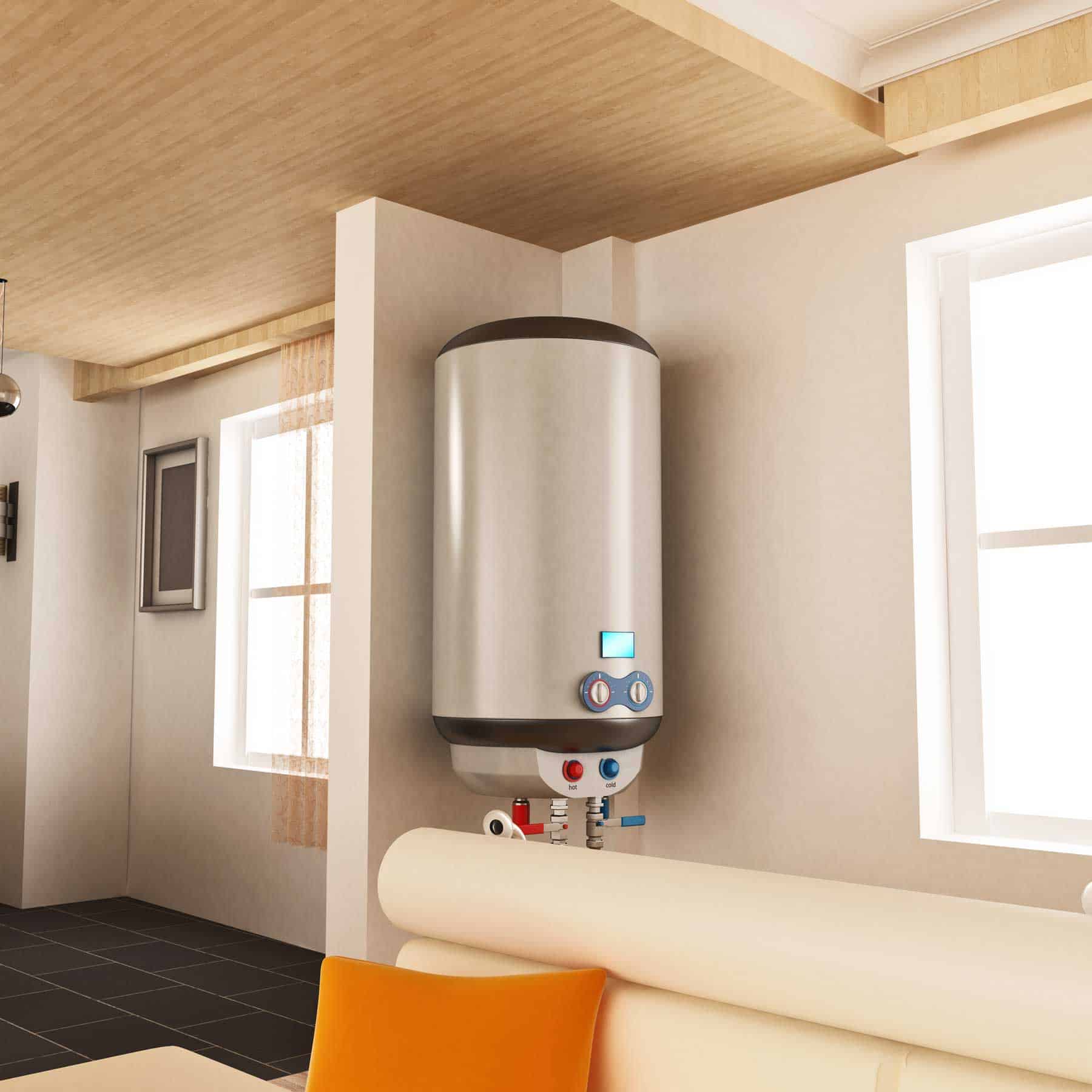Ways to Maintain Your Home's Hot Water System in Good Condition
Ways to Maintain Your Home's Hot Water System in Good Condition
Blog Article
How do you feel on the subject of Tips on Maintaining a Water Heater?

Hot water is vital for everyday convenience, whether it's for a refreshing shower or cleaning meals. To guarantee your hot water system runs successfully and lasts longer, routine upkeep is key. This short article supplies functional pointers and insights on exactly how to maintain your home's hot water system to stay clear of disturbances and costly repair work.
Introduction
Preserving your home's hot water system might seem challenging, however with a few easy actions, you can guarantee it runs efficiently for several years ahead. This overview covers whatever from comprehending your hot water system to DIY maintenance tips and knowing when to call specialist assistance.
Value of Preserving Your Hot Water System
Regular maintenance not just expands the life expectancy of your hot water system but also guarantees it runs effectively. Ignoring maintenance can lead to decreased performance, greater energy bills, and also early failure of the system.
Signs Your Hot Water System Demands Upkeep
Understanding when your hot water system requires interest can avoid major concerns. Keep an eye out for indications such as inconsistent water temperature level, odd noises from the heater, or corroded water.
Comprehending Your Warm Water System
Prior to diving into upkeep tasks, it's practical to understand the standard components of your warm water system. Generally, this consists of the water heater itself, pipes, anode poles, and temperature controls.
Month-to-month Maintenance Tasks
Normal monthly checks can assist catch minor concerns before they rise.
Flushing the Hot Water Heater
Purging your water heater gets rid of sediment accumulation, boosting effectiveness and lengthening its life.
Checking and Changing Anode Rods
Anode rods stop corrosion inside the container. Examining and changing them when worn is important.
Inspecting and Changing Temperature Level Settings
Changing the temperature level setups ensures ideal efficiency and safety.
DIY Tips for Upkeep
You can execute several upkeep jobs on your own to keep your hot water system in leading problem.
Looking for Leaks
Consistently examine pipelines and connections for leaks, as these can bring about water damage and higher costs.
Testing Pressure Alleviation Valves
Testing the pressure safety valve guarantees it functions properly and prevents excessive pressure build-up.
Shielding Pipelines
Insulating hot water pipes minimizes warmth loss and can save power.
When to Call a Specialist
While do it yourself maintenance is helpful, some concerns require expert experience.
Complicated Concerns Requiring Expert Assistance
Instances consist of major leaks, electrical troubles, or if your water heater is constantly underperforming.
Regular Specialist Maintenance Advantages
Expert upkeep can consist of comprehensive assessments, tune-ups, and making certain compliance with safety standards.
Final thought
Routine upkeep of your home's warm water system is crucial for performance, long life, and cost savings. By following these tips and understanding when to seek professional assistance, you can ensure a dependable supply of warm water without unforeseen interruptions.
How to Maintain an Instant Hot Water Heater
Before tinkering with your hot water heater, make sure that it’s not powered on. You also have to turn off the main circuit breaker and shut off the main gas line to prevent accidents. Also turn off the water valves connected to your unit to prevent water from flowing into and out of the appliance. 2. When you’re done, you have to detach the purge valves’ caps. These look like the letter “T†and are situated on either side of the water valves. Doing so will release any pressure that has accumulated inside the valves while at the same time avoid hot water from shooting out and burning your skin. 3. When the purge valves’ caps are removed, you have to connect your hosing lines to the valves. Your unit should have come with three hoses but if it didn’t, you can purchase these things from any hardware or home repair shops. You can also get them from retail stores that sell water heating systems. Read the user’s manual and follow it to complete this task properly. When the hosing lines are connected, open the purge port’s valves. 4. You should never use harsh chemical cleaners or solutions when cleaning your unit. Make use of white vinegar instead. It should be undiluted and you’ll probably use about 2 gallons. 5. Now flush your water heater. This task should probably take about 40 minutes. We can’t give you specific directions for this because the procedure is carried out depending on the type, model and brand of your heater. With that being said, refer to the user’s manual. 6. When you’re done draining the unit, you have to turn off the purge port valves again. Remove the hosing lines that you earlier installed on each of the water valves. Put the valve caps (purge port) back in their respective places and be very careful so as not to damage the rubber discs that are found inside these caps. 7. Now that everything’s back in place, check your user’s manual again to find out how to reactivate your water heating system. 8. Once it is working, turn one of your hot water faucets on just to let air pass through the heater’s water supply pipes. Leave the tap on until water flows smoothly out of it. https://www.orrplumbing.com/blog/2014/september/how-to-maintain-an-instant-hot-water-heater/

We had been made aware of that write-up on How to Maintain a Hot Water Heater in a Few Simple Steps through a buddy on a different blog. I beg you take a moment to distribute this page if you liked it. Kudos for your time. Revisit us soon.
Contact Us Now Report this page